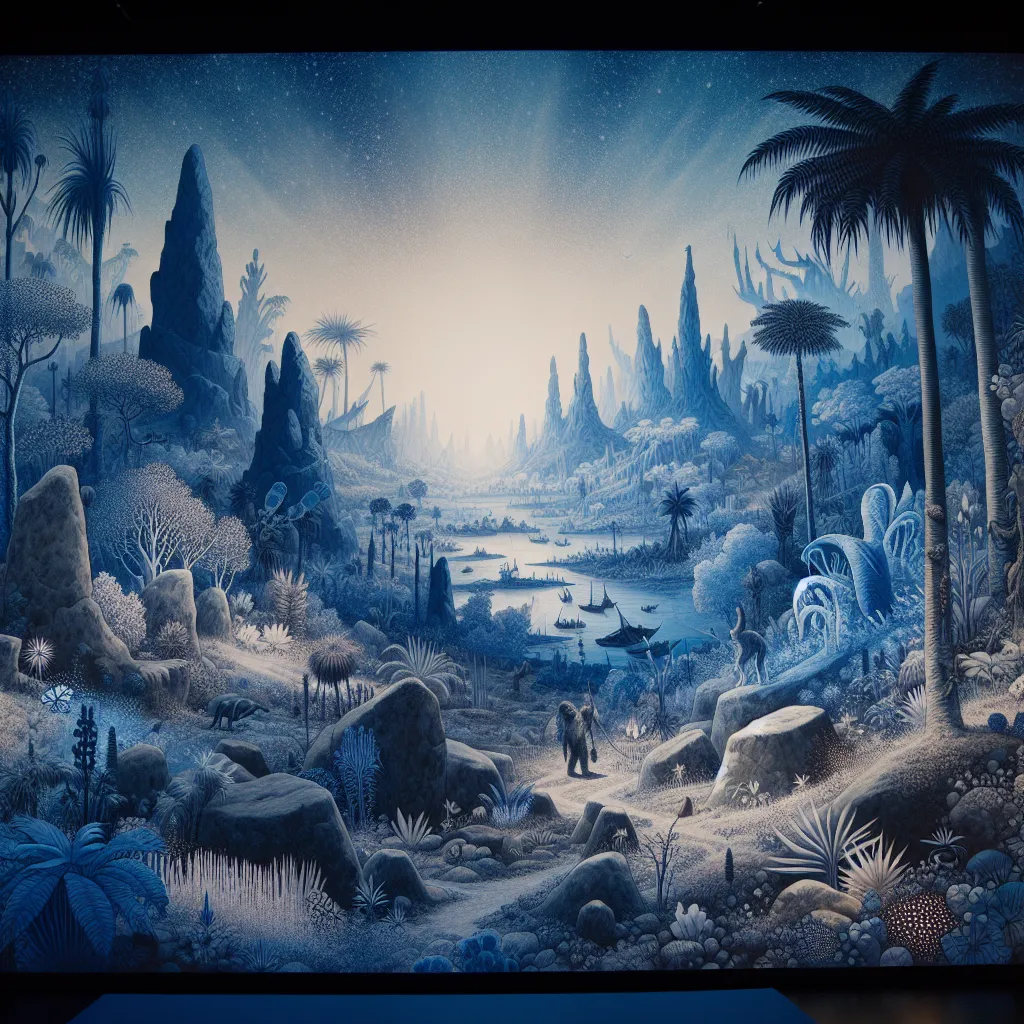So, here’s a wild philosophical thought: if a color doesn’t have a name, can we still see it? Interesting, right? Our eyes can see about a million colors, yet up until not so long ago, blue was unheard of. Can you believe it? Blue just didn’t exist for ancient people.
Let’s dive into the crazy story. Ancient Greeks were totally clueless about blue. William Gladstone, a former Prime Minister of Great Britain and a huge fan of Homer (the ancient Greek writer, not the cartoon character), noticed something odd. When Homer described the sea, he called it ‘wine-dark’ instead of green or blue.
Gladstone got curious and started digging into Homer’s use of colors. He found that black and white were mentioned hundreds of times, red a few times, yellow and green very rarely, but blue? Zero times. This wasn’t just a Greek thing. Other ancient cultures like those mentioned in the Quran, Hebrew Bible, and ancient Chinese texts didn’t mention blue either. It was as if blue didn’t exist.
Why is that? Well, words for colors in languages appear in a certain order: black, white, red, then yellow or green, and finally blue. This makes sense because blue is super rare in nature. Sure, the sky and ocean are blue, but ancient people just saw them as shades of green or dark.
The Egyptians changed the game by creating blue dye. Suddenly, languages started to recognize blue as its own color. Fast forward to today, if you don’t have a word for a color, it’s incredibly hard to perceive it.
Here’s a fun modern twist. Jules Davidoff did a study with the Himba tribe in Africa, who don’t have a word for blue. When shown a blue square among green ones, they struggled to identify it. On the flip side, they easily pointed out different shades of green that most of us wouldn’t notice.
Now, let’s talk about something even more amazing. Most humans have trichromatic vision (three types of cone cells) and can see about a million colors. But some people, especially women with a specific genetic mutation, have four types of cone cells. They are tetrachromatic and can see up to a hundred million colors. But, here’s the kicker: they don’t even know they see more colors because we haven’t defined those extra colors for them.
It’s mind-blowing to think that until we have a word for a color, we struggle to see it. The ancient folks saw the world just like us but lacked the vocabulary to distinguish some colors. As Isaac Newton discovered, colors aren’t part of objects—they’re just how we perceive light.
So, next time you marvel at the colors around you, remember that our perception of the world is shaped by our language and imagination. Pretty cool, huh?






